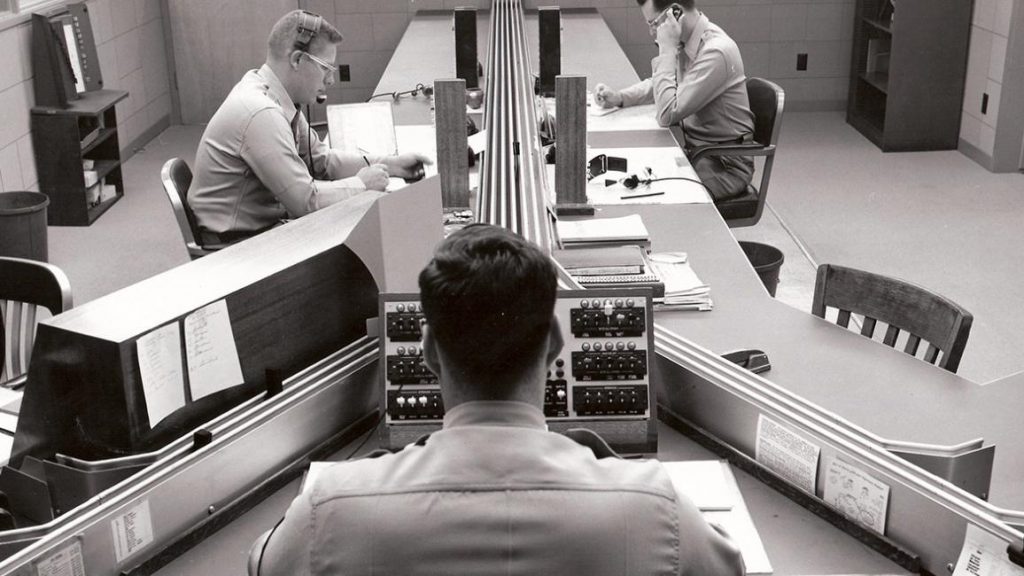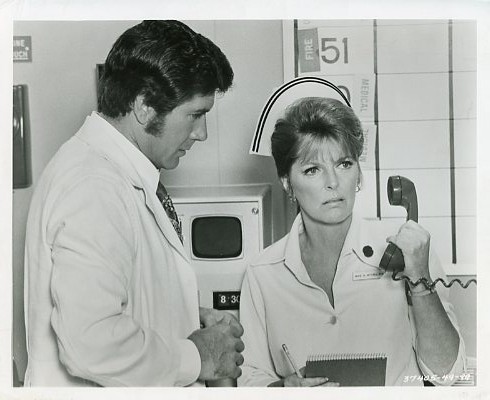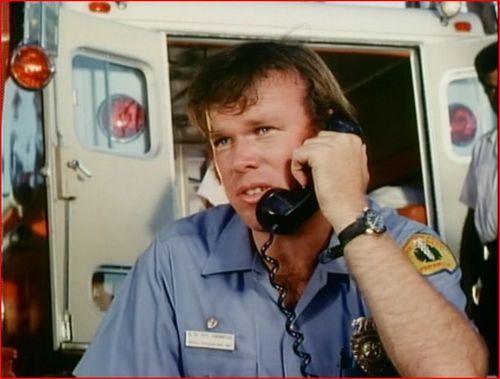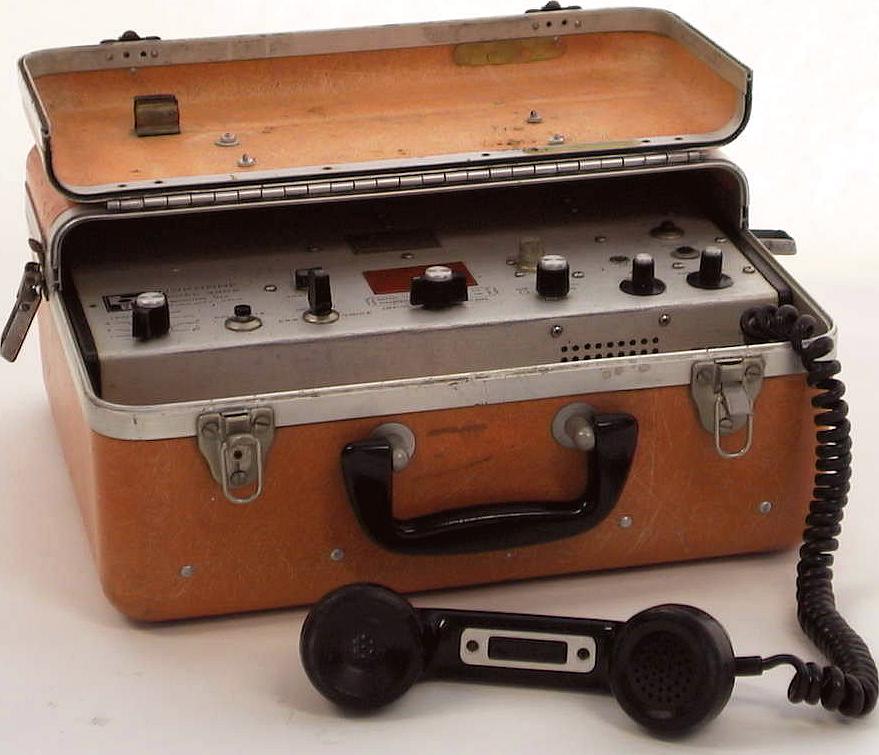Typical Communication Scenarios
Published .
Communicating With Dispatch
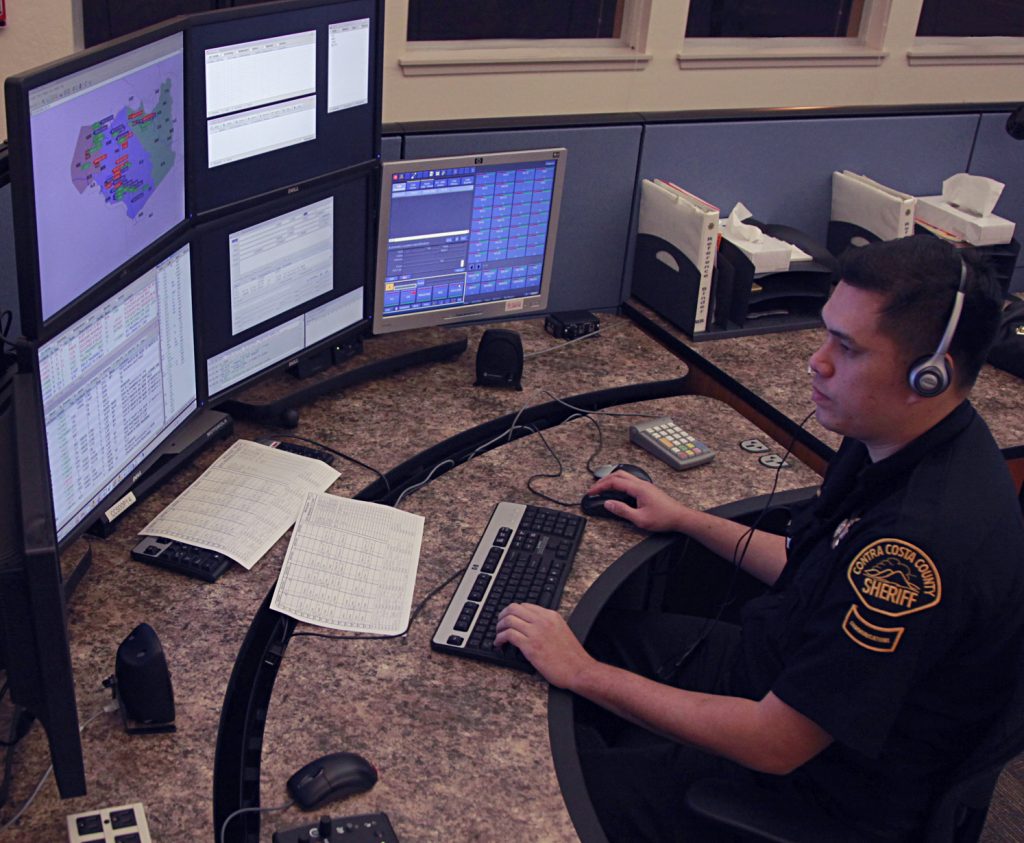
The dispatcher knows what type of ambulance (basic or advanced), where the ambulance is located, and most importantly knows the location of the next call. It is never advisable for an ambulance crew to make the dispatcher angry. Through the work of dispatchers provides a critical link between EMS and the public (arguably the only link). A call taker receives the call for assistance from the public. The call taker sends the call to a dispatcher (sometimes the same person) who dispatches the closest unit the call. More times than not, dispatchers use a computer aided dispatching system which is capable of determining the closest unit to the call based on the address.
Computer aided dispatch has gotten progressively more sophisticated over the years. Today, a wireless caller can call 911 and have no idea where they are. Computers make the task of analyzing signal strength and direction from multiple towers to determine the exact location (within 100 feet) of the callers location.
An EMS crew is standing by at a fire station when a caller dials 911 and relays information to a call taker. The call taker sends the information to the dispatcher who alerts the EMS unit of the a call. The EMS crew move swiftly to their EMS unit, start the engine, and pull out of the engine bay. The EMS unit advises the dispatcher (by radio) that they are en route. While en route, the dispatcher updates the EMS crew of the evolving situation at the scene, as the call taker is still on the phone with the patient. The EMS crew advises the dispatcher they have arrived on scene. If the EMS crew need additional resources, it is through the dispatcher they will make their request. If the EMS crew will be be on scene for a prolonged period of time, it is the dispatcher that they will notify. If the EMS unit transports the patient, they notify the dispatcher by radio and update dispatch when they have completed their hand off and are back in service.
Communicating with Medical Control
Sometimes the EMS crew need to communicate with medical control for guidance or to request orders to perform a procedure or give a medication. Medical control is the physician at the Emergency Department who will mostly care for the patient after EMS has handed off the patient. Medical control may order the ambulance to transport to a different hospital or give order to terminate a cardiac arrest. Sometimes, the medical control physician works at a different site or hospital and is giving orders to the ambulance as it proceeds to a different destination. When speaking to a physician, the EMS crew should endeavor to be as accurate as possible. If an order is given that seems unclear or inappropriate, it should be questioned or clarified. After an order is given, the EMS crew should repeat the order word for word.
Communicating with the Hospital
Most calls really do not need much in the way of guidance from medical control, but all transports to the hospital must be preceded by a communication to the hospital to let them know the ambulance is en route. Contacting the hospital via radio and giving a simple radio report will ensure the patient will be received in an appropriate manner.
